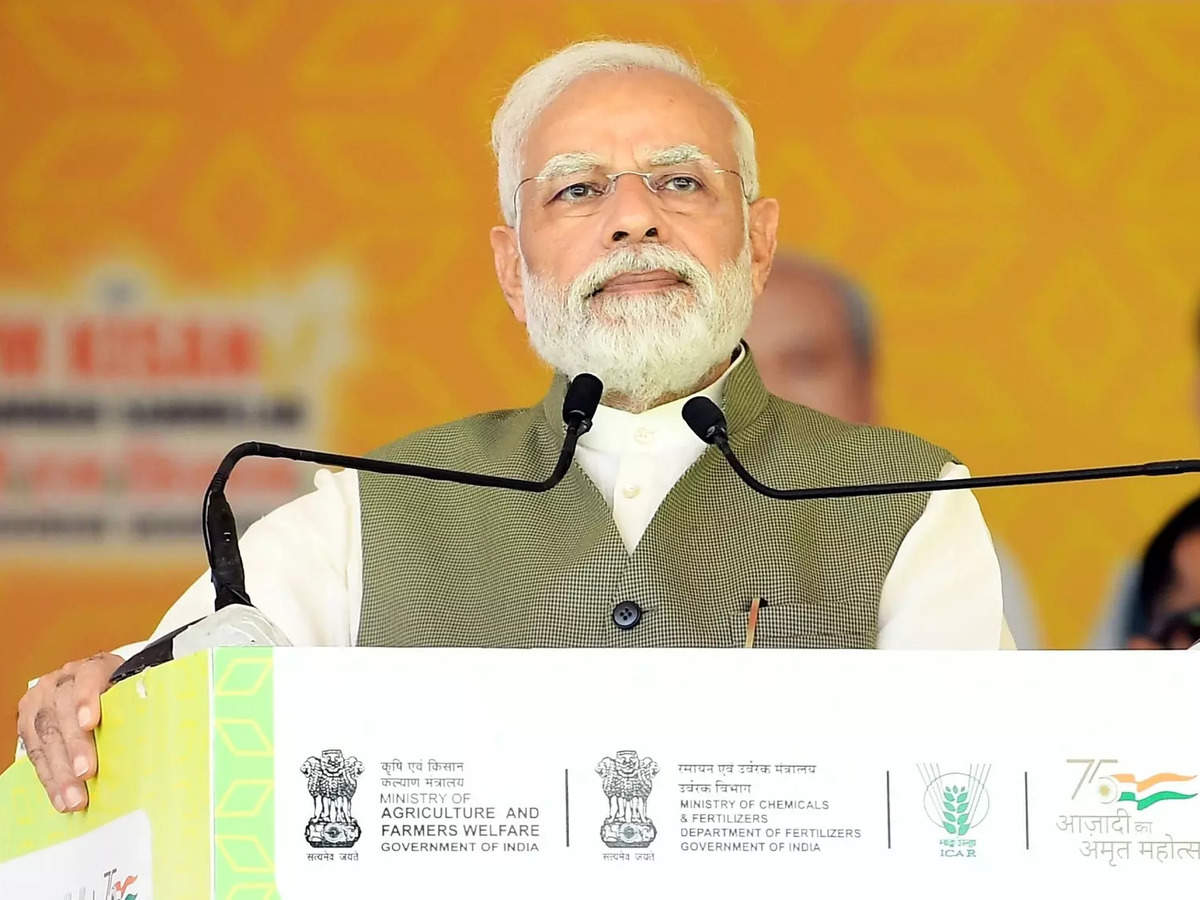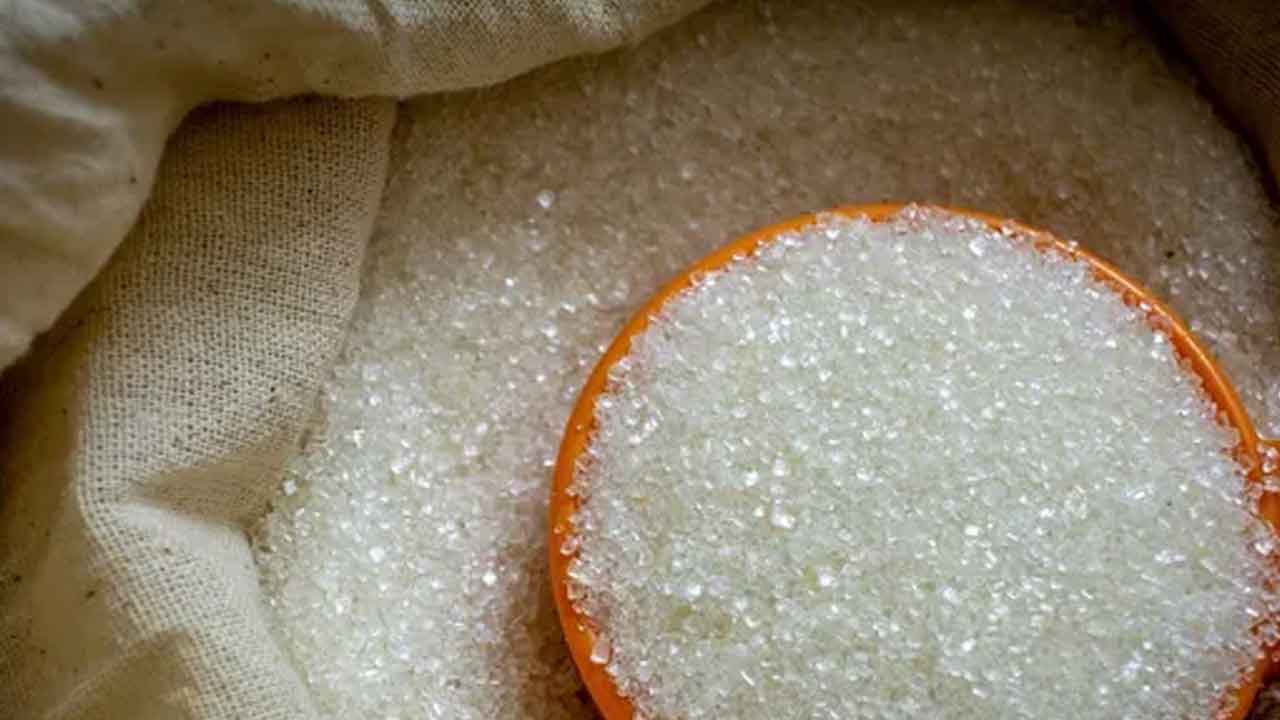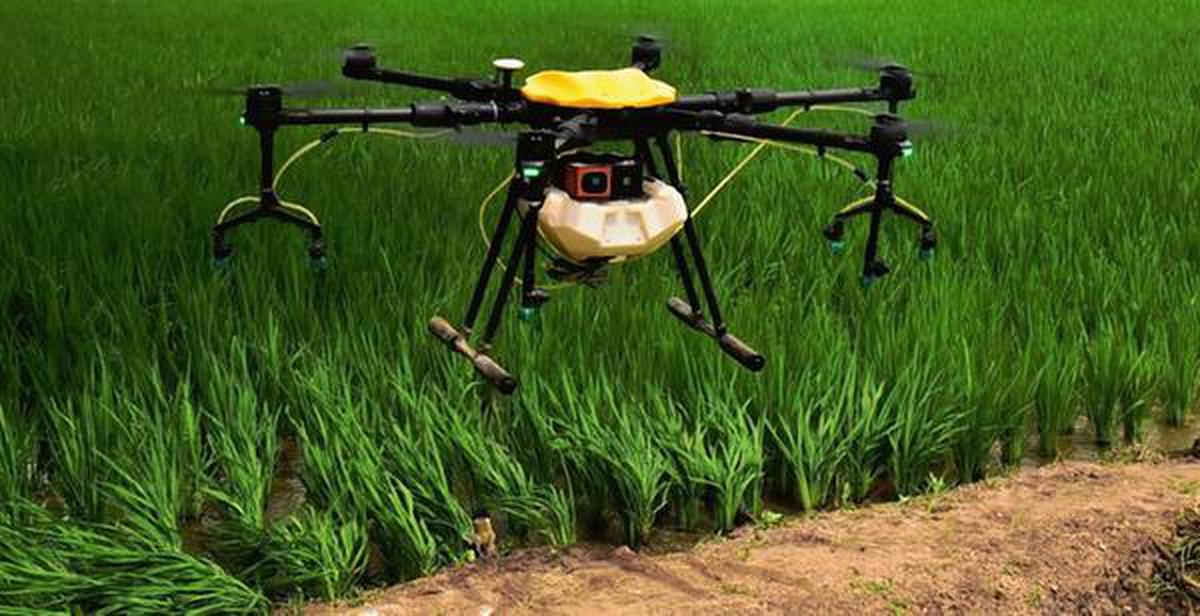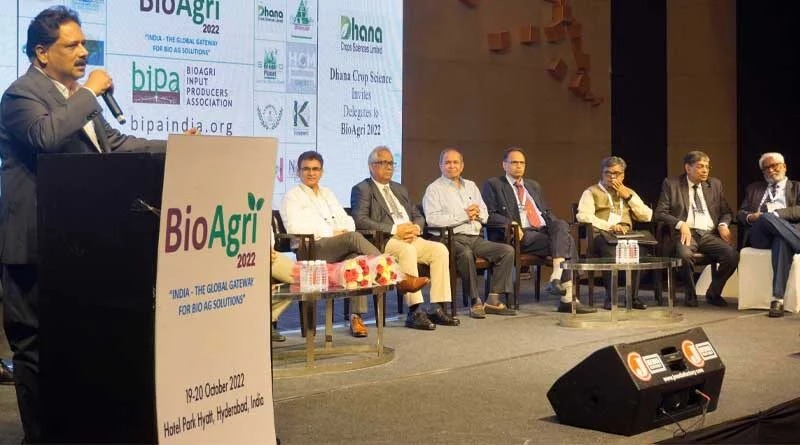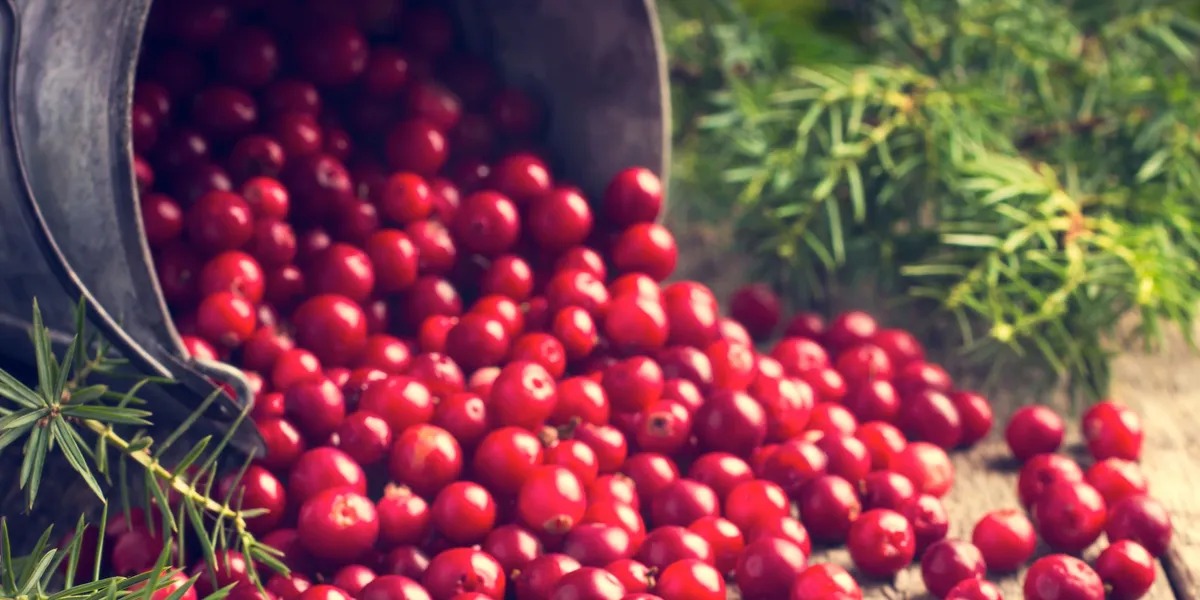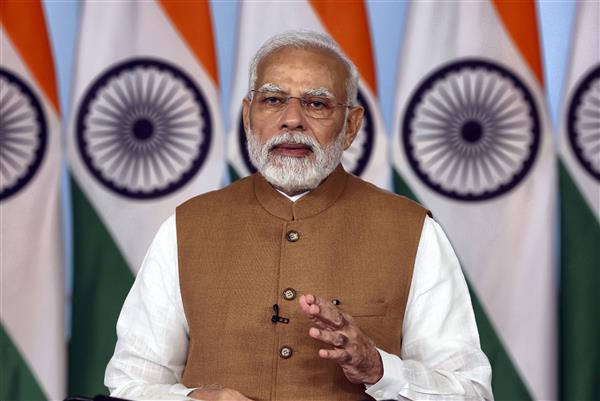Cabinet’s nod to raise MSP for rabi crops will make farm sector more ‘energetic’, says Prime Minister Narendra Modi
Synopsis Our farmer brothers and sisters are important partners in the development of the nation. To further empower them, the government today approved increase in MSP of all essential Rabi…


